Embarking on a China sourcing journey is an exciting prospect for any project contractor or brand owner. The potential is vast, but so is the importance of understanding the local business terrain. A common point of confusion lies in two fundamental terms: sourcing y procurement. Often used interchangeably, they represent distinct stages and strategic approaches to acquiring goods and services.
You might wonder, “Is the difference really that important?” Absolutely. Grasping this distinction isn’t just about semantics; it’s foundational for efficiency, cost-effectiveness, and long-term success, especially in a dynamic market like China. Clarity here can prevent misunderstandings, save time, and protect your bottom line.
At AsianSourcingGroup, we’ve guided countless businesses through these waters. So, let’s demystify sourcing and procurement, making it straightforward and engaging.
What is Sourcing?

Think of sourcing as the crucial investigative work performed before any purchase commitment. It’s the strategic process of identifying, evaluating, and selecting the best possible suppliers for your business needs. If procurement is the entire journey of obtaining goods, sourcing is about meticulously choosing your vehicle and mapping the optimal route.
Key activities in sourcing include:
Defining Needs: Clearly outlining product specifications, quality standards, and target costs.
Market Research: Analyzing the Chinese supplier landscape, understanding capabilities, pricing, and risks.
Supplier Discovery: Actively finding potential suppliers through various channels like B2B platforms, trade shows, or with the help of sourcing agents.
Supplier Evaluation (Vetting): This is critical. It involves assessing suppliers against your criteria—manufacturing capacity, quality control, financial health, ethical practices, and experience.
Requests for Information/Proposals/Quotations (RFI/RFP/RFQ): Formally gathering detailed information and quotes from shortlisted suppliers.
Negotiation: Discussing terms, pricing, Minimum Order Quantities (MOQs), lead times, and payment terms. Cultural astuteness is invaluable here.
Supplier Selection & Contracting: Choosing the supplier offering the best overall value and formalizing the partnership with a robust contract.
Sourcing is about proactively building a resilient and reliable supply base. It answers the question: “Who are the best partners to produce what I need, meeting quality, cost, and reliability targets?” In China’s diverse supplier ecosystem, effective sourcing is your first step towards mitigating risks and finding a partner who truly understands your vision.
What is Procurement?
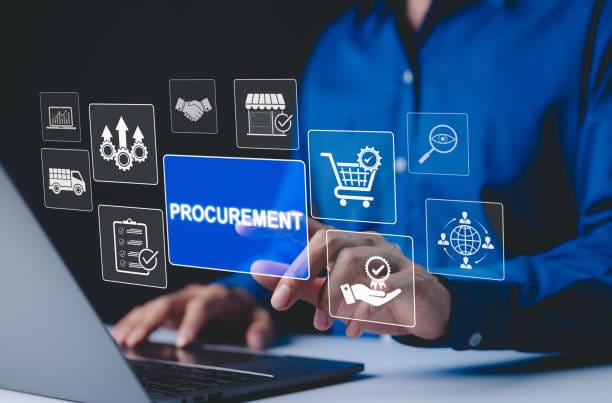
While sourcing focuses on finding and selecting suppliers, procurement is the broader, all-encompassing process of actually acquiring those goods and services. It spans from identifying a need to final payment and managing the ongoing supplier relationship. Sourcing is a vital strategic component within procurement.
Procurement is the complete operational and strategic system for all external purchasing. Its goal is to acquire necessary inputs in a way that maximizes value, minimizes risk, and aligns with overall business objectives.
The procurement lifecycle typically includes:
Need Identification & Specification: Defining internal requirements.
Sourcing: Finding and vetting suppliers (if new ones are needed or existing ones re-evaluated).
Purchase Requisition & Approval: Internal authorization for a purchase.
Purchase Order (PO) Issuance: The formal order document.
Order Management: Tracking production and ensuring timely delivery.
Receiving & Inspection: Accepting goods and verifying quality and quantity—especially crucial when sourcing from China.
Invoice Processing & Payment: Matching invoices with POs and receipts (three-way matching) and paying suppliers.
Supplier Relationship Management (SRM): Continuously managing and developing supplier relationships.
Record Keeping & Spend Analysis: Maintaining records and analyzing spending for optimization.
Procurement ensures a smooth, compliant, and cost-effective flow of goods and services, heavily relying on the solid foundation laid by strategic sourcing.
Sourcing vs. Procurement
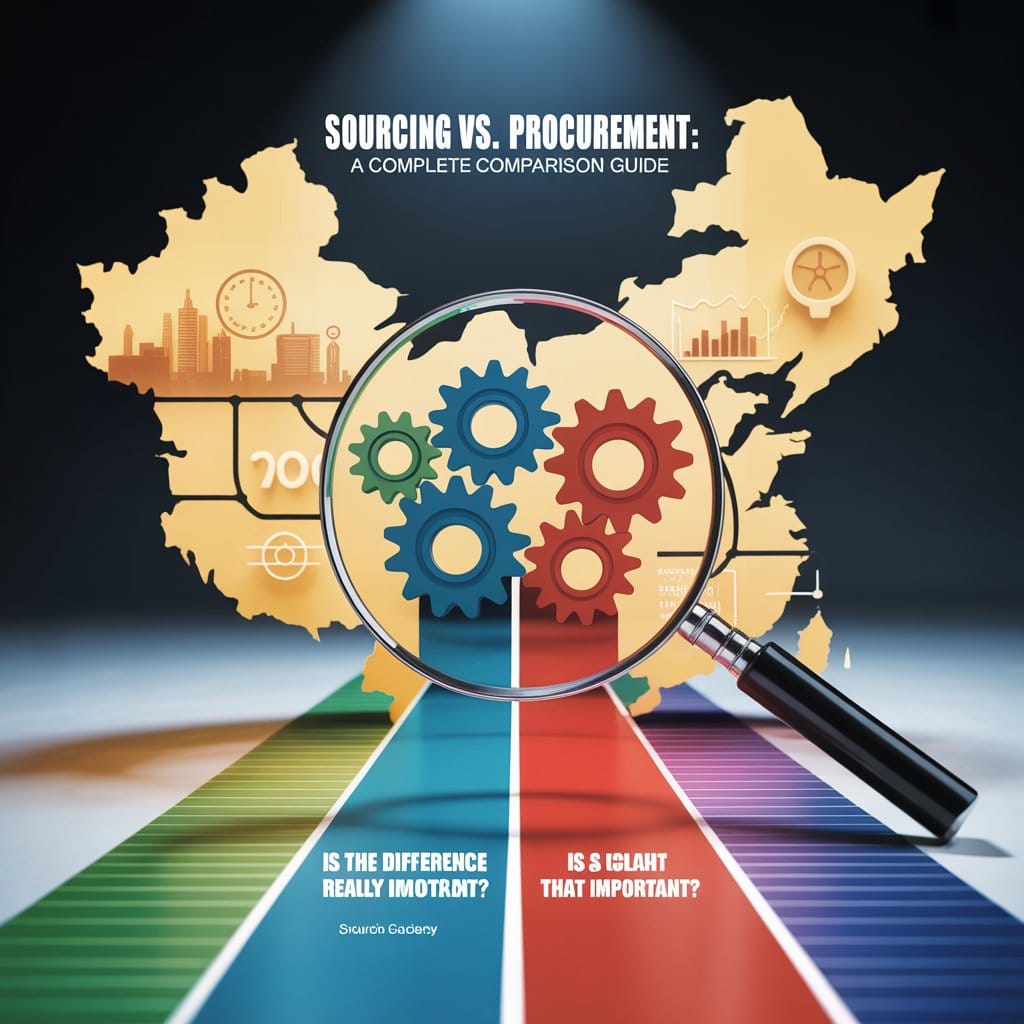
Let’s clearly distinguish these related but distinct functions:
| Feature | Abastecimiento | Obtención |
| Primary Goal | Find, evaluate, and select the best suppliers. | Acquire goods/services efficiently, effectively, and at best value. |
| Timing | Primarily an upfront, pre-contract strategic activity. | An ongoing, end-to-end process (which includes sourcing). |
| Focus | Strategic: Supplier capabilities, value, partnerships. | Tactical & Strategic: Purchase execution, process efficiency, cost & risk management. |
| Scope | A critical subset of the procurement process. | The overarching framework for all acquisition activities. |
| Key Question | “Who should we ideally buy from?” | “How do we best manage the entire process of buying?” |
Imagine building a custom machine. Abastecimiento is finding the engineers with the right expertise, the component manufacturers with proven quality, and the assembly plant with the best track record. Obtención is managing the entire project: from design approval and material acquisition (sourcing & purchasing) to assembly oversight (order management), quality testing (inspection), and final payment.
Why This Distinction is Crucial for Your China Sourcing Venture
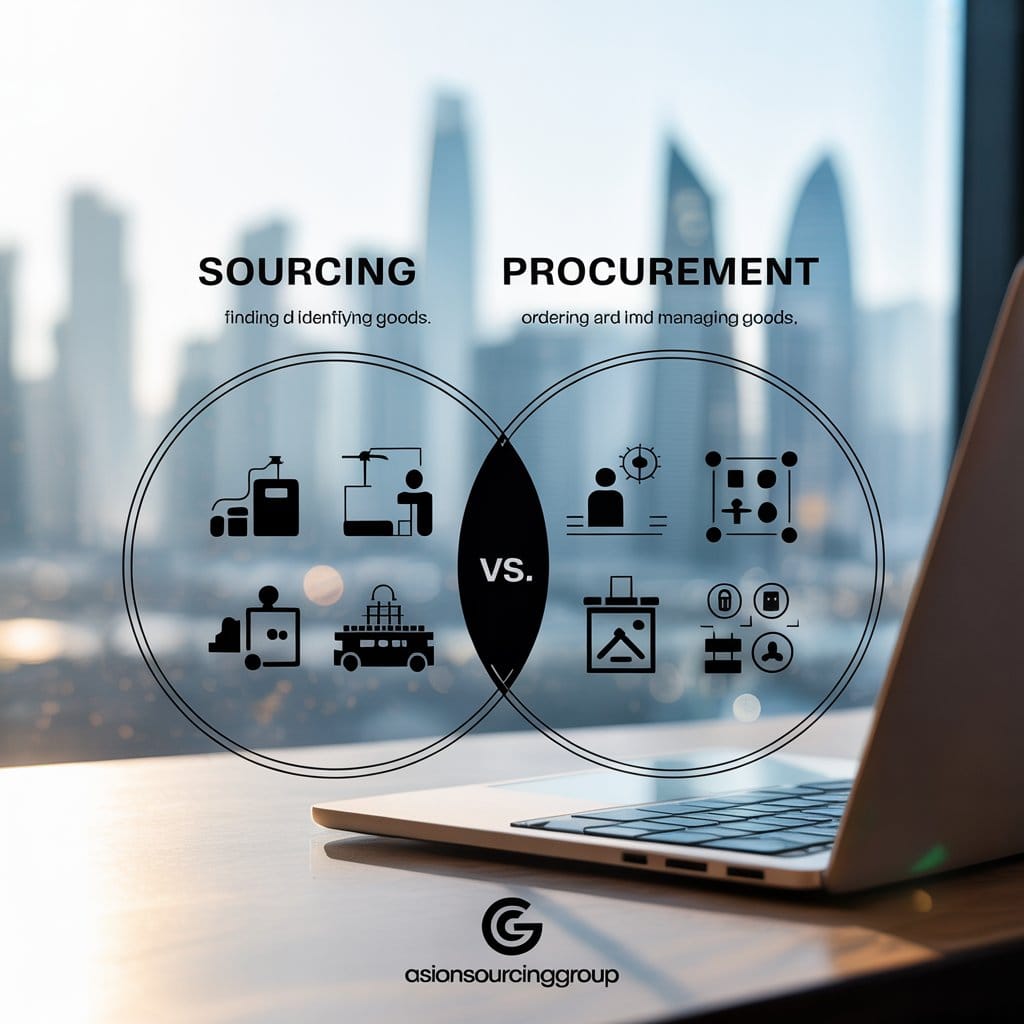
Understanding this difference is particularly vital in the Chinese market:
- Navigating a Vast Supplier Base: China offers countless suppliers. Effective sourcing helps you find genuinely capable and reliable factories, differentiating them from less suitable options, thereby avoiding costly mistakes from inadequate vetting.
- Cultural Nuances in Partnerships: The sourcing phase in China emphasizes building Guanxi (relationships). Recognizing that sourcing is about finding long-term partners, not just transactional deals, is key. This initial investment in relationships, central to sourcing, benefits the entire procurement cycle.
- Embedding Quality Control Early: Good sourcing vets a supplier’s quality systems antes commitment. Procurement then ensures these standards are upheld. Without solid sourcing, procurement often becomes a reactive damage control exercise.
- Protecting Intellectual Property (IP): Sourcing includes due diligence on how a supplier handles IP. This must be established before contracts are signed and procurement activities (like placing orders) begin.
- True Cost Optimization: Sourcing seeks the best value (cost, quality, reliability). Procurement manages the purchasing process to control these costs. Focusing solely on the purchase price without strategic sourcing can lead to higher total costs due to quality issues or supplier failures.
For project contractors, strong sourcing finds Chinese suppliers meeting exact technical specs and timelines. For brand owners, it means manufacturers who deliver consistent brand quality and can scale production.
The Role of “Purchasing”

Purchasing is the transactional part of procurement. It’s the actual act of buying and typically includes:
- Issuing Purchase Orders (POs).
- Receiving goods and related documentation.
- Processing invoices and making payments.
So, sourcing is strategic and upfront. Procurement is the comprehensive end-to-end process. Purchasing is the operational execution of an order within procurement.
Strategic Sourcing – The Smart Path in China

For long-term success in China, adopt strategic sourcing. This isn’t just finding the cheapest supplier per order. It’s a continuous, data-driven approach to developing and managing supplier relationships to achieve the best Total Cost of Ownership (TCO) and mitigate risks.
Strategic sourcing involves:
- Deep spend and market analysis.
- Building strong, collaborative supplier relationships.
- Focusing on TCO, not just unit price.
- Proactive risk management.
In China, this means building transparent, resilient partnerships that drive continuous improvement and offer a competitive advantage. It’s understanding that a reliable, quality-focused supplier often provides better long-term value, even if the initial price isn’t the absolute lowest.
Common Pitfalls and How Clarity Provides an Edge
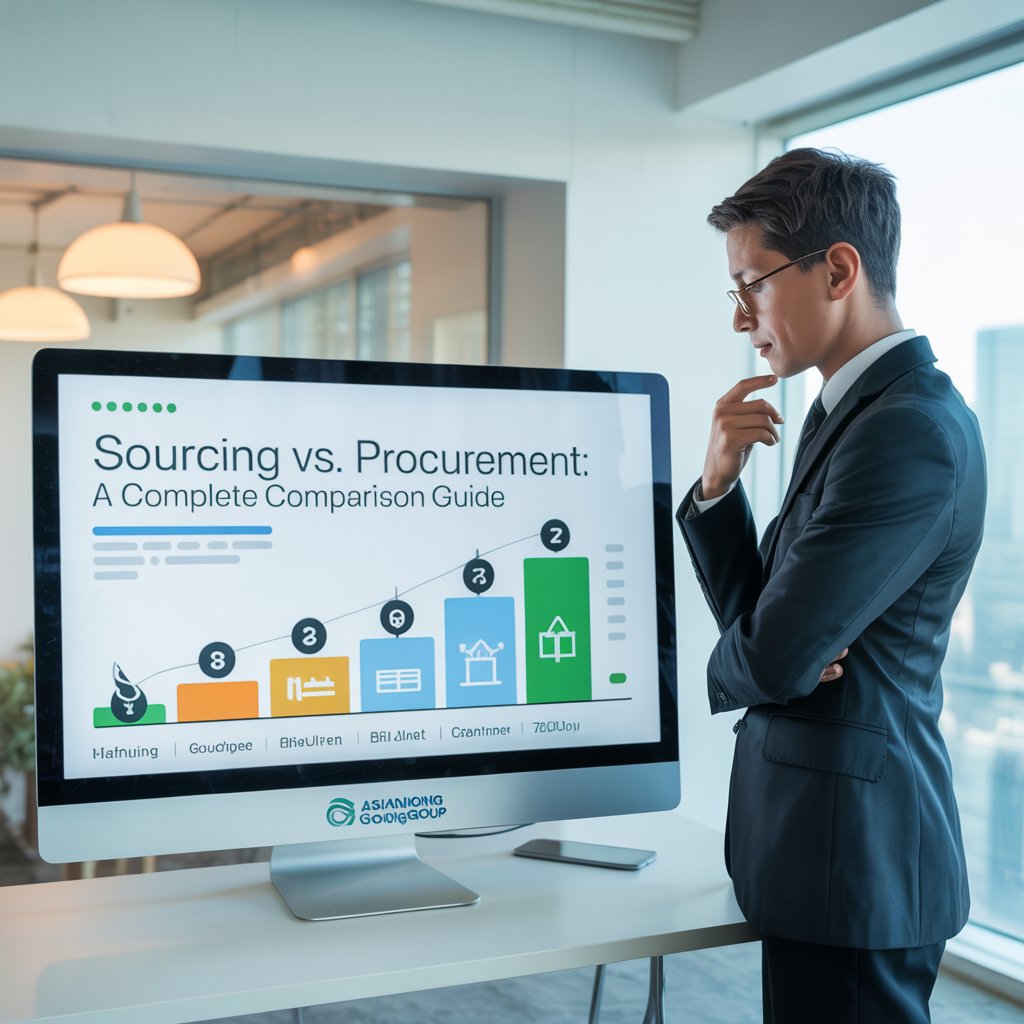
Many foreign businesses encounter challenges in China by:
- Chasing the lowest price: Often sacrificing quality and reliability. Good sourcing balances cost with overall value.
- Insufficient due diligence: Failing to properly vet suppliers. Robust sourcing es thorough due diligence.
- Cultural misunderstandings: Impacting negotiations and relationships. Effective sourcing incorporates cultural awareness from the outset.
- Weak contracts: Creating vulnerabilities. Sourcing efforts should culminate in strong, clear contracts.
Understanding the distinct functions of sourcing and procurement helps structure your approach, allocate resources wisely, and engage the right expertise at each critical stage. It moves you from merely “buying from China” to strategically building a high-value supply chain.
Asian Sourcing Group – Your Partner for Sourcing and Procurement in China
Navigating China’s market, from supplier identification to managing the complete acquisition process, can be complex. This is where Asian Sourcing Group provides essential support.
- For your Sourcing needs: We help you identify and vet suppliers, ensuring they meet your quality, ethical, and technical benchmarks. We leverage our local knowledge, language skills, and cultural understanding to build strong foundations for your supply chain.
- For your Procurement support: We can assist in streamlining your procurement operations, from order management and on-the-ground quality control to navigating logistics, ensuring a smoother journey from factory to your facility.
By understanding these core concepts and applying them strategically, you can unlock China’s immense sourcing potential while minimizing risks. You don’t need to be the expert in every facet of sourcing or single source procurement; you just need a knowledgeable partner.
Conclusión
Sourcing and procurement are not interchangeable. Sourcing agent guide is the crucial upfront strategy of finding and vetting ideal suppliers. Procurement is the entire end-to-end process of acquiring what your business needs, with sourcing as a foundational element. Purchasing is the transactional component of this process.
For project contractors and brand owners aiming to leverage China’s manufacturing capabilities, mastering this distinction is fundamental. It leads to fewer surprises, better quality, reliable delivery, and a stronger business.
Ready to approach your China sourcing with enhanced clarity and confidence? We’re here to help you succeed.
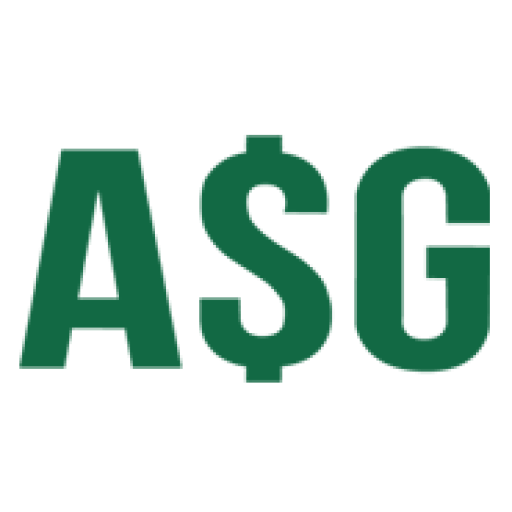






-300x198.png)